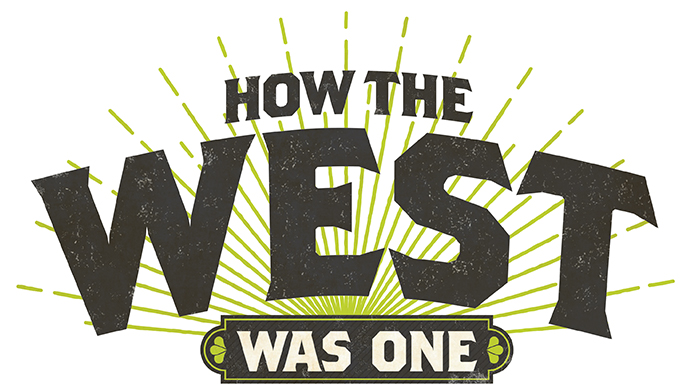Over the last 20 years of American economic history, if you asked site consultants which region was the number one investment destination they’d probably have said “the Southeast.”
You might get a different answer today.
- The Lone Star State economic juggernaut is well known, but it is no longer the only star in the Southwestern firmament.
- Utah has remade its economy, as Forbes highlighted when they recently named it the No. 1 state for Business and Careers.
- California, for all the media loves to play up its challenges, remains the eighth largest economy in the world and the high-tech center of the universe.
- Nevada landed the holy grail of corporate projects by providing Tesla $1.2 billion in incentives.
- In talking with a noted site consultant last week about a call center they’re trying to place, he said “I’m thinking Colorado. Everybody wants to be there.”
And then there’s New Mexico.
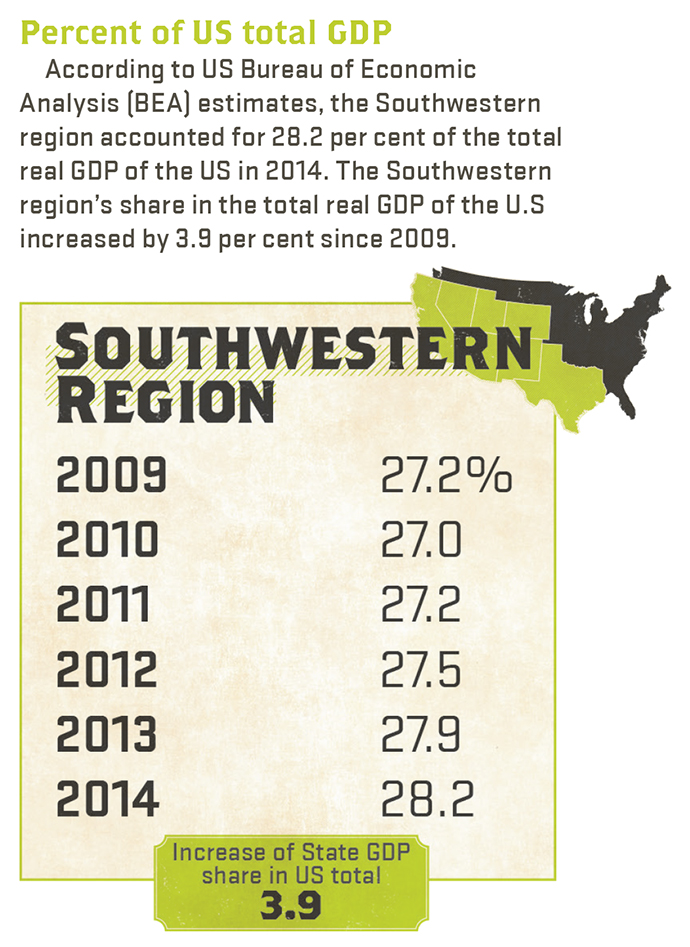
The Land of Enchantment is a recent entrant into the constellation of Western stars. The state stormed back into the limelight with bold reforms to its corporate tax structure and incentive programs. Star quality shone through with innovations like a single sales factor which allows companies to be taxed only on sales to customers in New Mexico, effectively eliminating corporate income taxes for most manufacturers.
Doubling down on their bid to become globally competitive, New Mexico also announced a 22 percent reduction in the top corporate income tax rate, to be lowered to 5.9 percent by 2018.
Companies are taking notice. The kind of cool, high-tech companies that bring high-wage, highly skilled jobs with them. Companies like Rural Sourcing Inc. (RSI).
RSI is a leading domestic IT sourcing company offering a wide range of specialized IT services for companies across a variety of industries. RSI develops software applications and offers ongoing support and maintenance of critical business applications. All of its employees are based in the U.S. and the company is now hiring 125 new colleagues in Albuquerque.
Why?
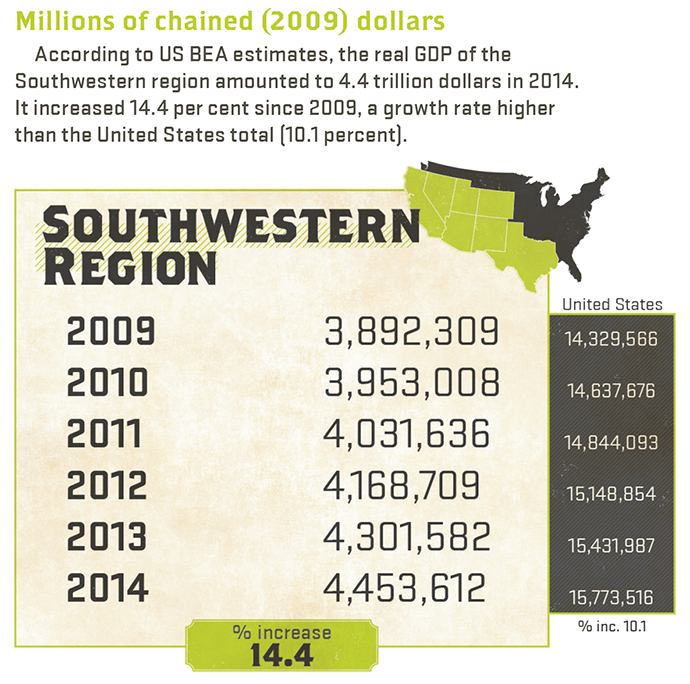
“Talent,” says Ingrid Miller, RSI’s Chief Operating Officer. “While we work closely with local colleges and universities to hire young graduates, we are also a fan of non-traditional students; the kind of people that have had other careers and then later pivoted to tech. Finding a community with a workforce development program able to produce that talent for us was critical. In addition, Albuquerque has a big and growing experienced tech labor force.”
Miller cites Central New Mexico Community College as playing a critical role in luring RSI to Albuquerque. The college’s reputation for being adaptive and reactive to industry workforce needs is well earned, says Miller.
“CNM proved that they were thinking innovatively,” she says. “We’re excited about how open they are to allowing us to help them help us. They are collaborative with their approach to education and so it became clear that they wanted to work with us. They are open to our feedback to create other boot camps from which we can hire.”
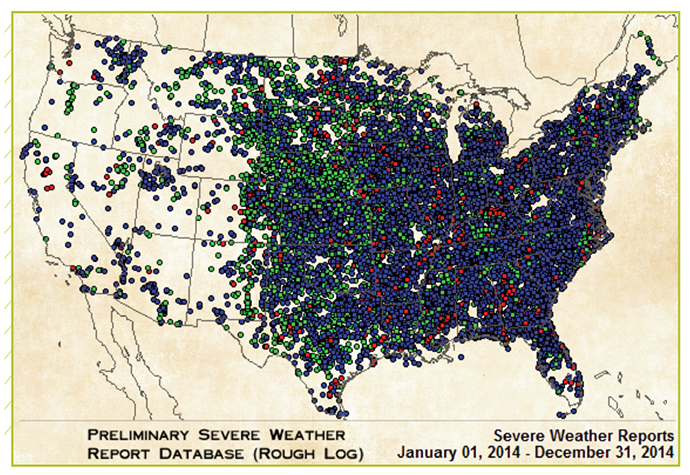
RSI looked at 100 cities before narrowing their choice down to Albuquerque. Miller cites cost of living and quality of life as other key factors driving the decision to select Albuquerque for RSI’s first facility outside of the Southeast.
“Cities such as New York and San Francisco have such a high cost of living compared to Albuquerque,” Miller says. “And Albuquerque is a very beautiful, hip place to be with a high quality of life that it seemed like a natural fit for us. When you get to know the people there is a uniqueness and diversity of background that is so welcoming. We were really drawn to it.”
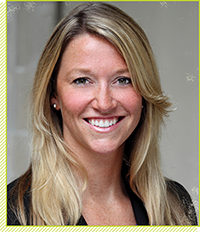
“ABQ is unique and diverse.”
RSI isn’t Albuquerque’s only star-struck company. Given half a chance, Ean Johnson, Regional Economic Development Manager for BNSF, will talk your ear off on the subject. It’s clear this northern transplant has fallen in love with the Western city.
“Albuquerque is the biggest ‘small town’ I’ve ever dealt with,” he beams. “Coming from the Midwest it was a wonderful change. Everyone here is on the same page, getting business done efficiently and effectively.”
Johnson praises in particular New Mexico’s willingness to balance their burgeoning tech cluster with a wide-ranging support structure for more traditional industries. “I love that they’re aggressive in chasing more traditional investment, industries that some states don’t view as being quite as sexy. There are amazing opportunities out West for rail-served facilities, and we’ve got our eye on shale out here — it leads to so many other types of investment. This is the most exciting part of the country right now in my view.”
Miller and Johnson are but two voices echoing that sentiment these days. Ask those same site selectors today to anoint the number one investment destination in the US, and the answer will almost certainly be a different point on the compass.

The Huffington Post recently ranked Albuquerque as one of the Top 5 Secretly Cool Cities Where You Can Still Get in on the Ground Floor, calling it “wildly underrated as a destination for lovers of the great outdoors”
And that was without their even going to Albuquerque’s magnificent International Balloon Fiesta!
Fortunately, I went, and it was sublime. My wife and I journeyed to Albuquerque for the 44th annual Balloon Fiesta, checking a big item off out bucket list as we ascended into the air with hundreds of other balloons from dozens of countries. We were fortunate enough to fly with Gary Woods of San Juan Balloon, a grizzled veteran who’s been at this three decades who would clearly rather be floating above the clouds than anywhere on land. They call his balloon “Skywalker.” As a life-long Star Wars junkie, that sounded just right to me.
The Balloon Fiesta is just one more slice of cool in a very hip town. Check it out.
High-Wage Tinder
A deep look into the data may help your city or company find the best match in these eight Southwest cities.

Clusters are great, until they’re knots.
When trawled for every job category tracked by the US Department of Labor, Las Vegas trailed only Los Angeles in its suitability for a particular sector. For L.A., it was “independent artists, writers and performers.” For Las Vegas, it was “casino hotels.” The city showed up again at No. 11, for the category “drinking places.”
Not exactly news, right? But the data behind it may aid in discovering less obvious truths about cities, companies and the ties that bind them together.
The finding is part of fresh research from Prof. Shade Shutters’ team at Arizona State University that measures mutual suitability between industry sectors (primarily at the four-digit NAICS code level) and 380 US MSAs, using an information-theory-based algorithm. Site Selection asked Shutters for profiles of eight major metro areas in the US Southwest, showing their highest suitability matches overall, as well as their highest-ranking matches in advanced industries categories. The results, based on 2013 data, appear here for the first time.
Lest the word “algorithm” conjure images of multi-level equations with Greek letters in them, Shutters insists he is his team’s real-world interface — “No need to worry about lots of math symbols from me.” He worked in international finance for years before doing PhD work in theoretical biology and evolutionary economics. A research scientist at ASU’s interdisciplinary Global Security Initiative, he also holds appointments at the Global Institute of Sustainability, the Center for Policy Informatics, the Center for Social Dynamics and Complexity, and the new Center on the Future of War.
“I embrace a complex systems perspective to address wicked problems,” he explains in his academic bio. Economic development and the attraction of higher-wage jobs count among those wicked problems, and the suitability score seems to qualify as a high-quality tool.
“I first compute a raw suitability score, which measures how well the labor signature of an industry matches the labor signature of a city,” he explains. “That score is then standardized as the number of standard deviations from the national mean. So these scores are relative to all other cities.”
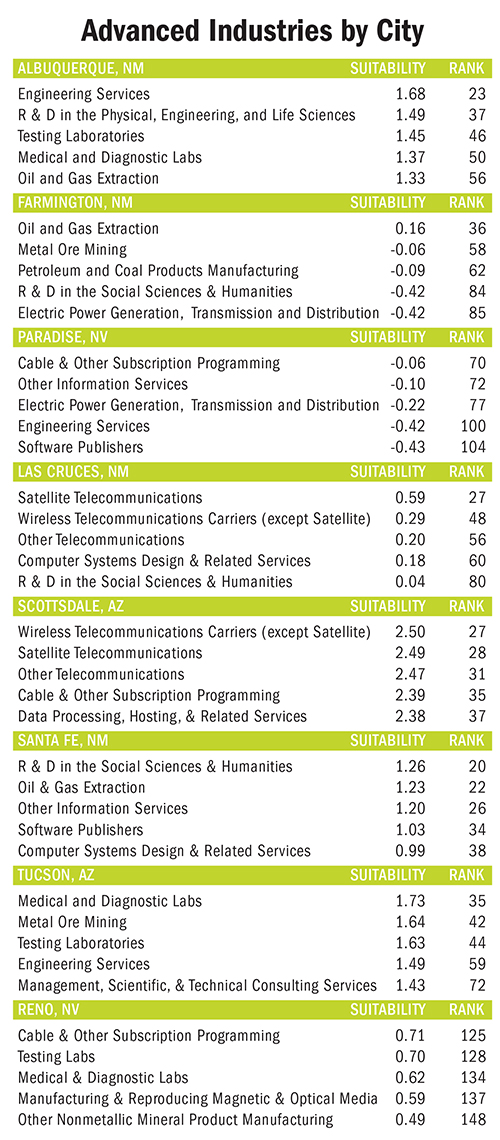
Asked to comment on the eight city profiles, he says, “One thing that jumps out is Las Vegas — all of its Advanced Industries have negative suitability, meaning that their suitability in Las Vegas is below the national average (among 380 metros). This seems to concur with our earlier study that used a different but related methodology to show that Las Vegas was far behind its peers in terms of a ‘creative’ workforce. At the same time, the suitability of non-Advanced Industries in Las Vegas is the highest among the cities you are focusing on. These two points, taken together, suggest that Las Vegas would probably have a lot more difficulty than its peers in transitioning to a creative economy with substantial clusters of advanced industries.”
That said, it’s doing well for itself when it comes to e-commerce and data centers.
In a separate but related research project, the team used much of the same methodology to quantify how tightly integrated the economies of each MSA are and then compared that economic tightness to how each MSA did, economically, during the Great Recession.
“That paper has gotten a lot of attention because it showed that big, highly integrated economies had the biggest drops in performance during the recession,” says Shutters.
Let the Crosstalk Begin
The Suitability Index work came about through a strong suitability match between Shutters’ background in systems thinking and the 20 years of work by renowned urban economist Jose Lobo, senior sustainability scientist at ASU’s Julie Ann Wrigley Global Institute of Sustainability, and a faculty associate in the Department of Economics, at the university’s W. P. Carey School of Business.
While some results naturally skew from the idiosyncrasies of US Bureau of Labor Statistics industry classifications and subdivisions, more interesting to Shutters and his team is the interrelatedness and interdependency among those categories. Their work goes beyond broad labels, however, and drills down to the granular with heavy-duty computation. Shutters credits Barry Broome, the current president and CEO of Greater Sacramento who used to lead the Greater Phoenix Economic Council (GPEC), with moving his team’s work in its current direction.
“Barry Broome is the one who first told me that ‘looking at the best jobs for my economy is kind of cool, but not very helpful. We just don’t have the policy and tools to lure individual jobs. Our tools are for luring industry.’ I credit him for moving us in the direction of cross-talk analysis to convert to industry data.”
Shutters says GPEC is interested in his data but unsure what to do with it at this point, as it embarks on its own “Velocity” program, just announced in May, based on partnering with Bruce Katz’s Metropolitan Policy Program at the Brookings Institution to develop a way to attract better-paying jobs in the “advanced industries” that Brookings says hold the most promise for area economies.
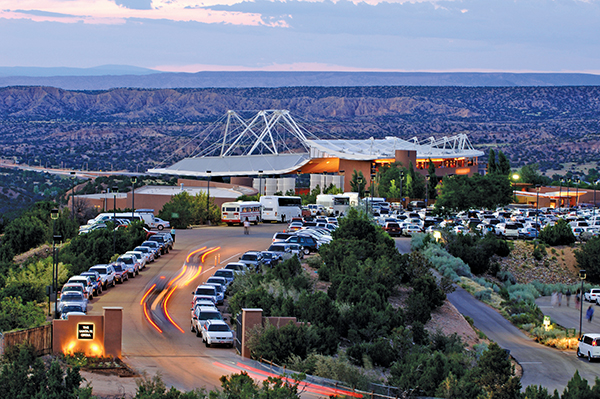
“While Greater Phoenix trails the nation in its share of employment and output in these industries, it has strengths in growing sectors like semiconductor manufacturing, computer systems design, management consulting, and aerospace,” wrote Brookings’ Carolyn Gatz in April. “And people in Greater Phoenix working in advanced industries earn, on average, over $90,000, compared to about $50,000 in all industries.”
“The last time I met with GPEC they wanted to see how what we’re doing compares” to the Brookings work, says Shutters. “There’s one sticking point — biotech. Phoenix would love to be the next biotech mecca, and our analysis showed it’s not as easy as some of the other advanced industries. That doesn’t mean it’s not possible, but they have to have a good plan. They need to partner with education institutions to develop the people with the skills required for biotech, and they need to have a plan for how to keep people in the market once they have those skills.”
Shutters then makes a statement most are used to hearing about land-grant schools in communities much smaller and less cosmopolitan than Phoenix: “ASU has an issue with a large number of graduates leaving once they get their degree.” He cites a recent report in the Phoenix Business Journal that chronicled two real-life site selections involving 3,000 jobs led by corporate decision-makers who, on condition of anonymity, said they picked other places because of what they saw as a lack of support for K-12 education, and a lack of sufficient workforce.
“They were afraid they couldn’t attract workers,” says Shutters.
Interdependent Webs
Information and communications technology (including data centers) is the highest-ranking suitability match among advanced industries for Greater Phoenix, and is borne out by a cluster of recent data-oriented facility investments, headed by Apple. Tucson shows the next-highest suitability indices, in categories that could generally be labeled under lab, scientific and engineering services. Albuquerque competes at nearly the same level in nearly the same categories. The only other city among the eight with advanced industries suitability indices above one is Santa Fe, N.M., led by social sciences/humanities R&D (i.e. academia), followed by oil & gas extraction, information services and software.
Shutters differentiates between cluster analysis, such as the US Cluster Mapping initiative at Harvard, and what he calls a network perspective.
“There’s much more to the decision to locate in the city than just counting up the workers.”
— Prof. Shade Shutters
“The types of networks I make are not a spatial map, but can still tell you something about how close different things are to each other” in terms of relationships, he explains, not unlike the “degrees of separation” exercise. “You can judge who’s in your universe. You can draw the lines to have some sort of meaning. It’s hard to visualize if you’re used to geographical maps, but networks convey some new types of information. We’re trying to bring that to viewing the economic structure of the city. There’s much more to the decision to locate in the city than just counting up the workers.”
His team’s next steps include concentrating on those advanced industries, and finding out what the cities that are best matched for them are doing that is different. City size is often a major factor, he says. As for the suitability index work, “We have also extended the analysis to 147 urbanized areas of Canada and 72 metro areas of Sweden,” he says. “We are hoping to add the UK and Germany at some time in the near future.”
The goal is the same everywhere: Find the best occupational signature match possible between an industry and a city. But, warns Shutters, it’s still going to take good old-fashioned work to keep the quality workforce and companies every city covets.
“Just like an online dating service,” he says, “it doesn’t mean if you get married, you’re guaranteed not to get divorced.”
